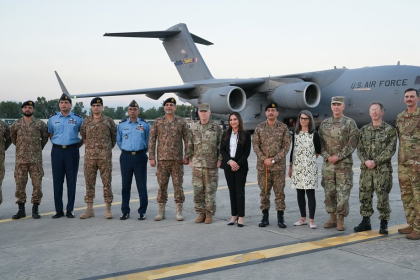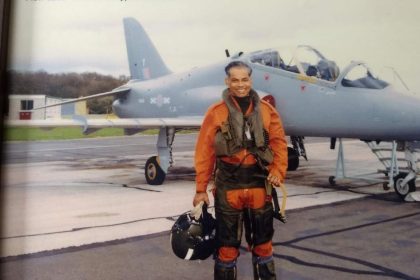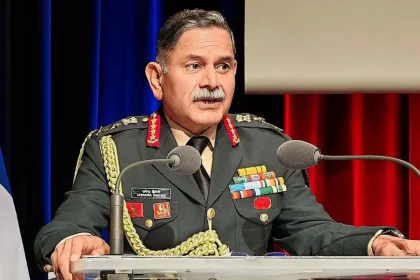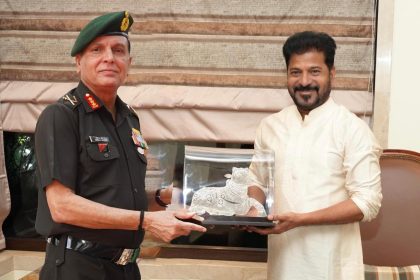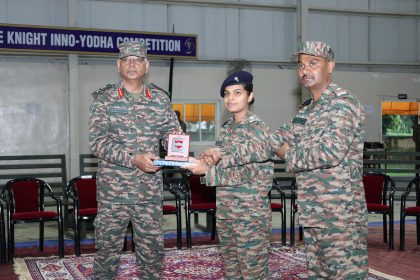Lt Gen Anindya Sengupta Reviews Homegrown Technologies at Golden Key Division
Indian Army Showcases Soldier-Led Innovations at Lucknow.
US Air Force C-17 Brings First Flood Relief Supplies to Pakistan at Nur Khan Air Base
First of six planned US relief flights lands in Rawalpindi with food, medical aid and shelter supplies.
Air Marshal Philip Rajkumar (Retd) Remembers 60 Years of the Sargodha Strike
Veteran IAF officer recalls the legendary 1965 Sargodha strike and his role in shaping India’s Tejas fighter programme.
‘The War Continued Beyond May 10’: Army Chief on Operation Sindoor
Army Chief says Operation Sindoor went beyond May 10, highlights India’s new normal against terrorism.
Lt Gen Dhiraj Seth and Telangana CM A Revanth Reddy Forge Strategic Military-Civil Synergy in Apex Level Interaction
The interaction signals a decade of transformation.
Nagrota Hosts White Knight Inno Yodha Competition 2025-26: A Leap Towards Self-Reliance in Indian Defence
The XVI Corps of the Indian Army, headquartered at Nagrota Cantonment, recently concluded the White Knight Inno Yodha Competition 2025-26…


